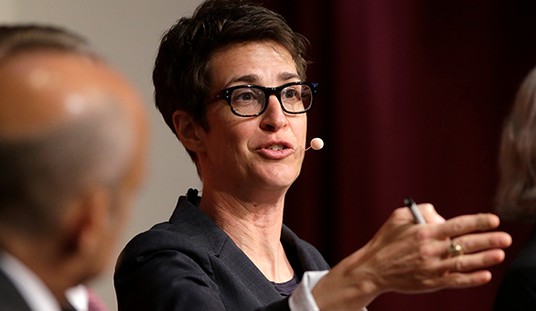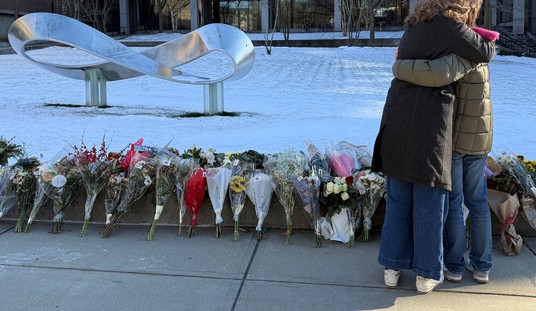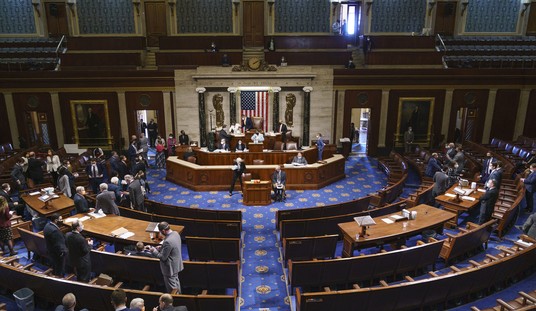WASHINGTON – Investigators told members of Congress that they still haven’t determined the cause of an Amtrak train crash that killed eight people in Philadelphia on May 12 and they have yet to determine whether the engineer was using his cell phone at the time of the incident.
Christopher Hart, chairman of the National Transportation Safety Board, the agency leading the probe, appeared before the House Transportation and Infrastructure Committee to report that detailed inspection of the locomotive is underway. The brakes appeared to be working normally and the tracks were in good shape. Human error remains a possibility.
The agency conducted an interview with the Amtrak engineer, identified as Brandon Bostian, who said he recalled ringing the train bell as it passed through the North Philadelphia Station stop but he could not recall anything that transpired thereafter. Bostian, who said he suffered a concussion, has been operating trains in the Washington-Boston Northeast Corridor for three years. He further told investigators that he felt comfortable operating the equipment and that he felt neither ill nor fatigued.
The NTSB also has possession of the Amtrak engineer’s cell phone, Hart said. While records appear to indicate that calls were made around the time of the incident, “investigators have not yet made a determination if there was any phone activity during the time the train was being operated.”
“In order to make that assessment, investigators have started the process of correlating the time stamps in the engineer’s cell phone records with multiple data sources including the locomotive event recorder, the locomotive outward facing video, recorded radio communications and surveillance video,” Hart said.
That process, he added, is “detailed and lengthy.” Since there exist variations in time stamps for each data source, each one must be correlated to the same time zone so that a factual timeline of events can be developed that will allow investigators to understand if phone activity has any relevance to the accident.
The May 12 incident involved Northeast Regional Train 188, operating northbound, traveling from Washington to New York Penn Station. Shortly after leaving Philadelphia’s 30th Street Station, the train derailed while traveling through a left curve.
The maximum speed through that particular curve is posted at 50 miles per hour. Preliminary data indicate that moments before the derailment, when the engineer hit the emergency brake, the train was traveling at 106 mph. Three seconds later, when the data to the recorders terminated, the train’s speed was about 102 mph.
In addition to the eight killed, more than 200 were injured.
Members of the committee expressed frustration with the length of the probe, particularly in trying to determine whether the engineer was using his cellphone at the time of the accident.
“It seems if you get the access to the phone, you look at the phone, you know the answer in, like, five minutes,” said Rep. Lee Zeldin (R-N.Y.).
Rep. Jeff Dunham (R-Calif.), chairman of the House Railroads, Pipelines and Hazardous Materials Subcommittee, expressed concern that the NTSB “made definitive statements after the accident, but here we are weeks later and they still can’t say what led to the accident.”
Hart said the NTSB was equally surprised by the complexity of nailing down the timeframe. “And we’re experts at this,” he said.
“We want to have exact agreement on this before we come out with any of it,” Hart said.
A significant portion of the hearing was devoted to rail safety and the steps being taken by federal agencies to protect passengers with a special emphasis on Positive Train Control, an upgraded system that can halt trains in emergency situations. According to Hart, the accident could have been prevented if PTC had been installed.
“The single greatest contribution that my generation of railroaders can make to the industry is to implement PTC as rapidly as possible,” Amtrak chief executive Joseph Boardman told the committee.
Under PTC, each train receives information regarding its location and where it can safely travel. On-board equipment enforces this travel plan, preventing any unsafe movement. Congress in 2008 mandated that PTC be installed on all major freight and passenger rail lines by the end of this year in wake of a fatal accident in California. Few expect rail lines to meet that deadline because it involves complex technology and, at least in the eyes of some Democrats, funding problems. Some consideration is being given to extending the deadline to 2020.
Ironically, PTC already has been installed in certain sectors of the Northeast Corridor but the system is not in operation on the stretch where the crash occurred.
Rep. Sean Maloney (D-N.Y.) said Congress “ought to be on the top of the list” when it comes to assessing blame for the incident, citing the failure of lawmakers to provide sufficient funding.
“The safety of the American people has been compromised because we have been dithering,” he said.
Republicans countered that Amtrak has been wasting money and should have prioritized implementation of PTC over other initiatives.
Hart told the panel that the NTSB is considering improved safety measures in addition to PTC. Seat belts, recording equipment in engine cabs and crash testing are all possibilities.









Join the conversation as a VIP Member